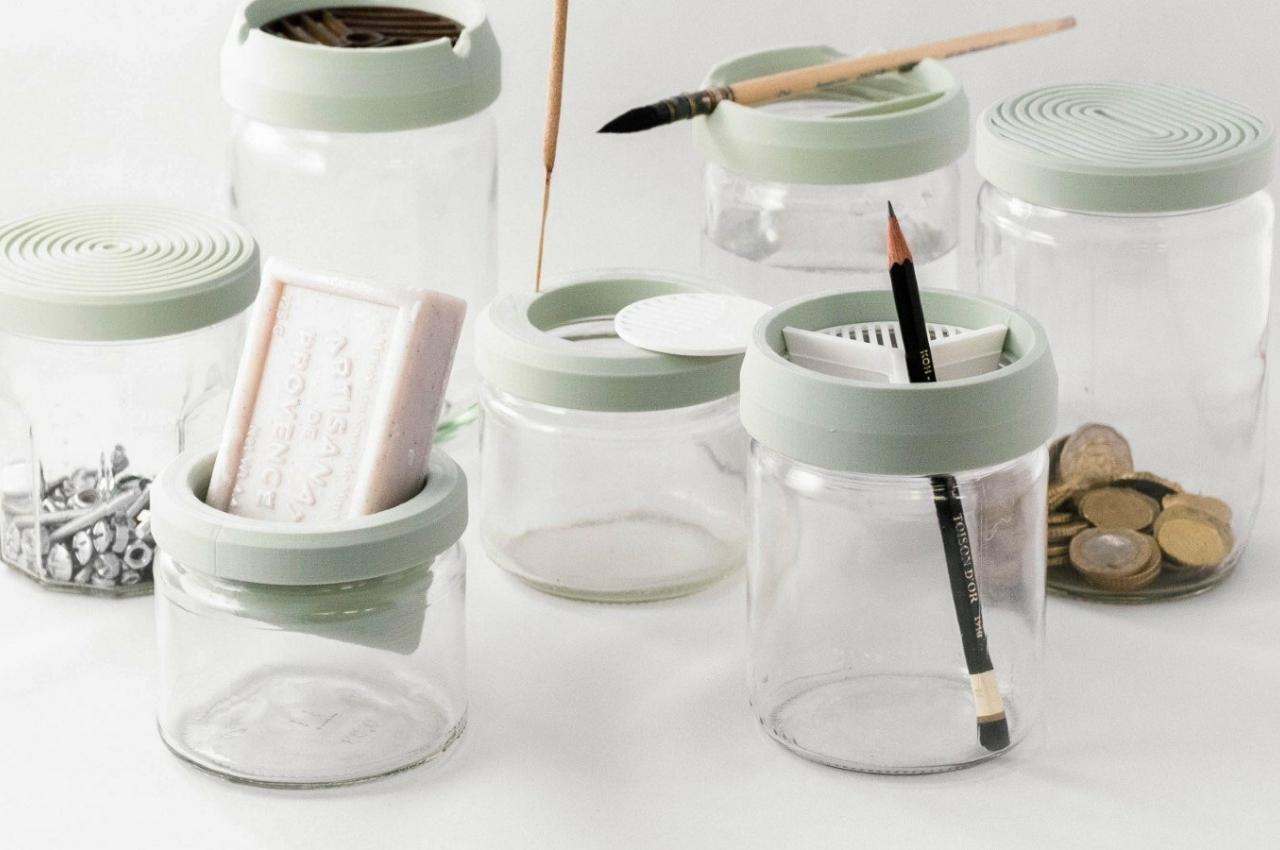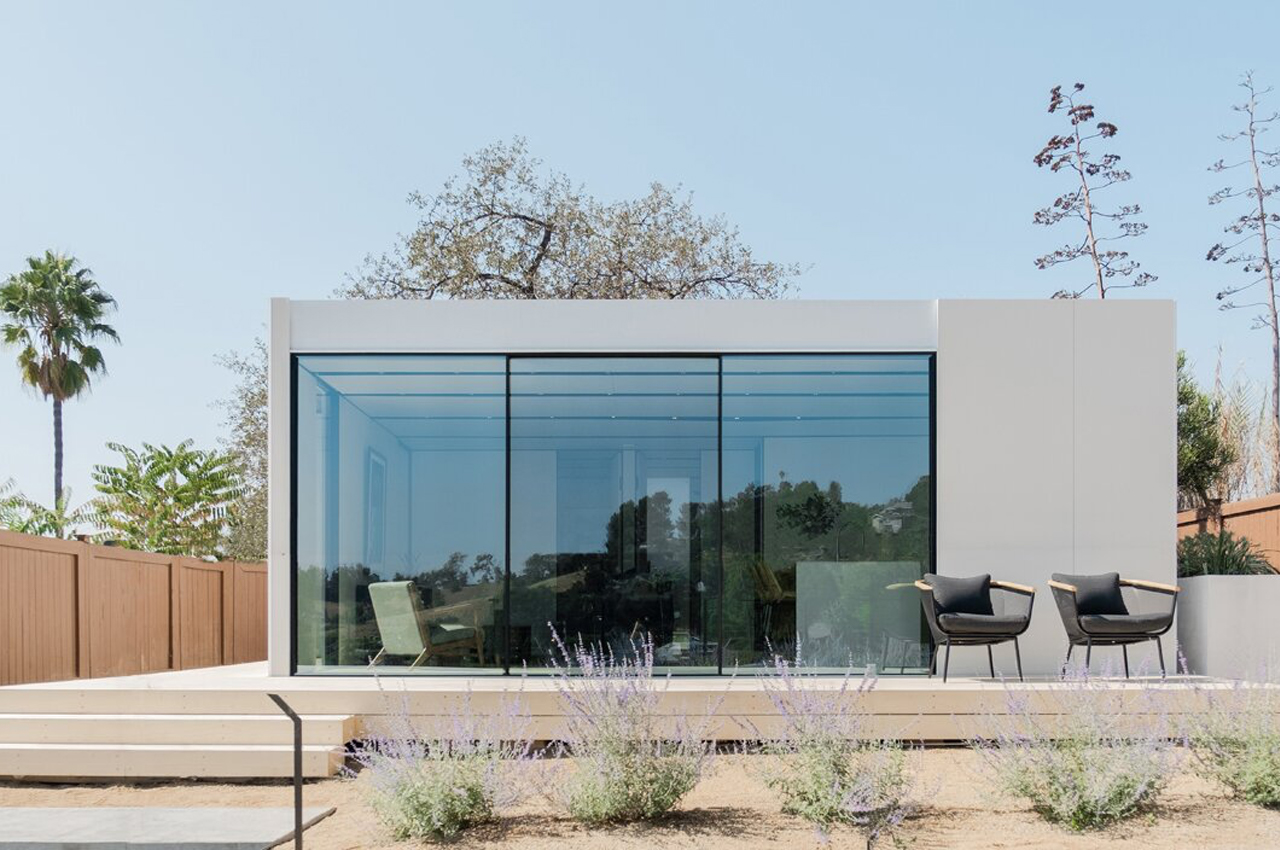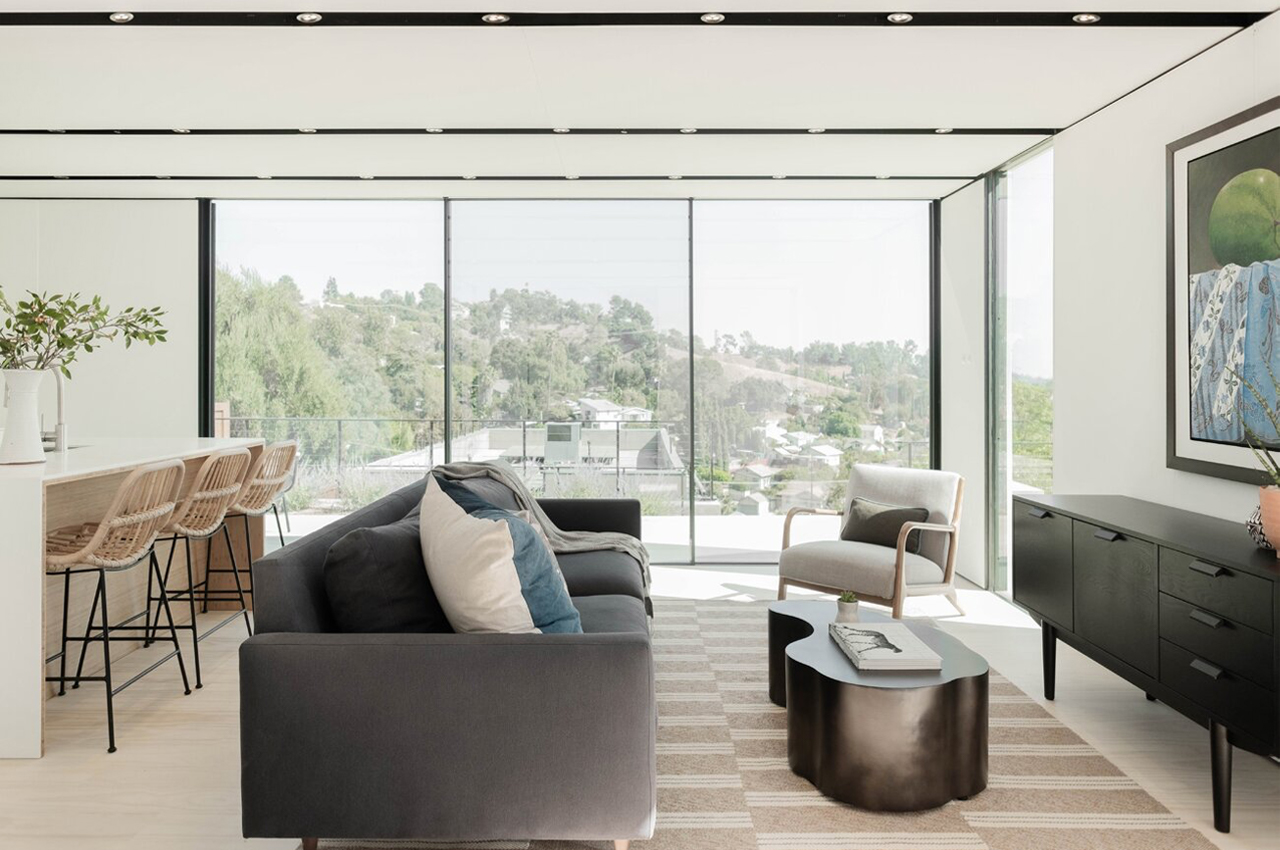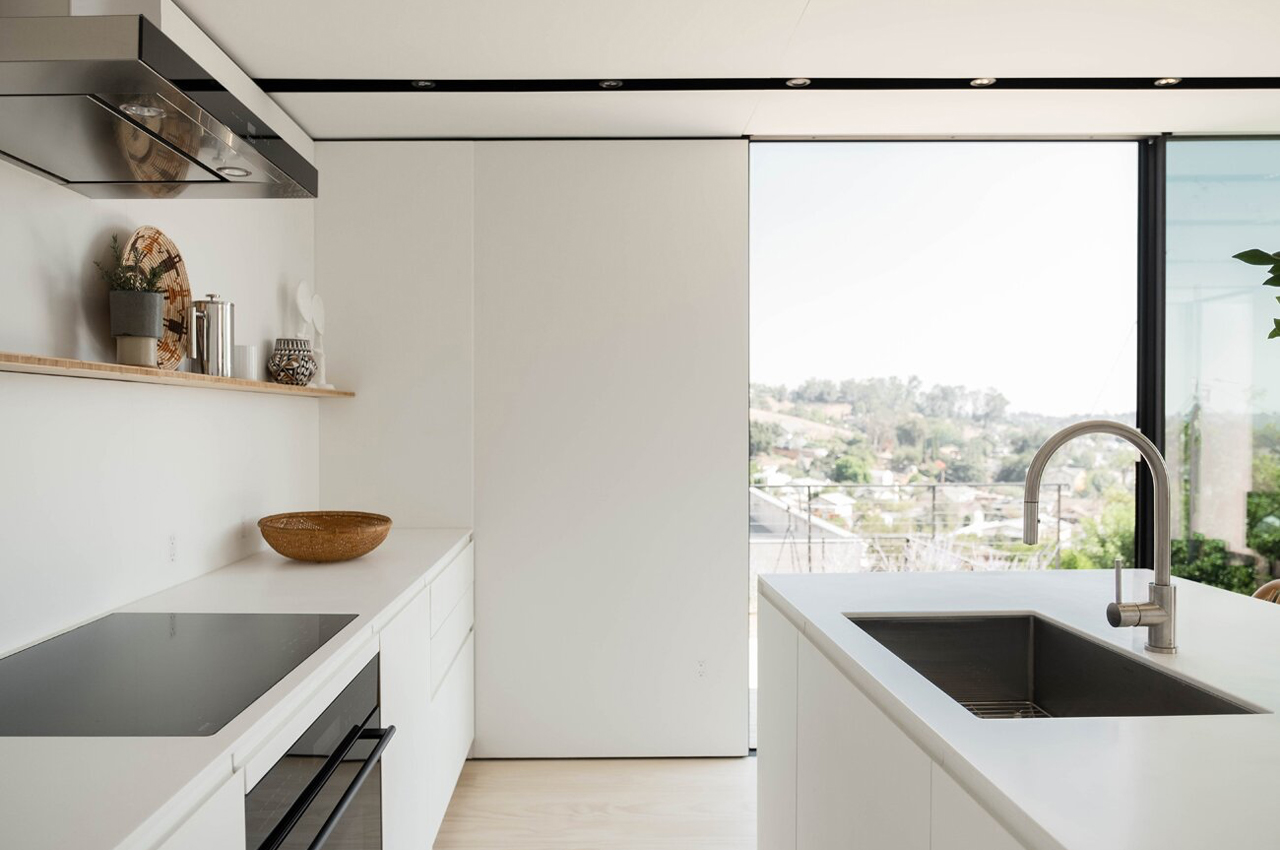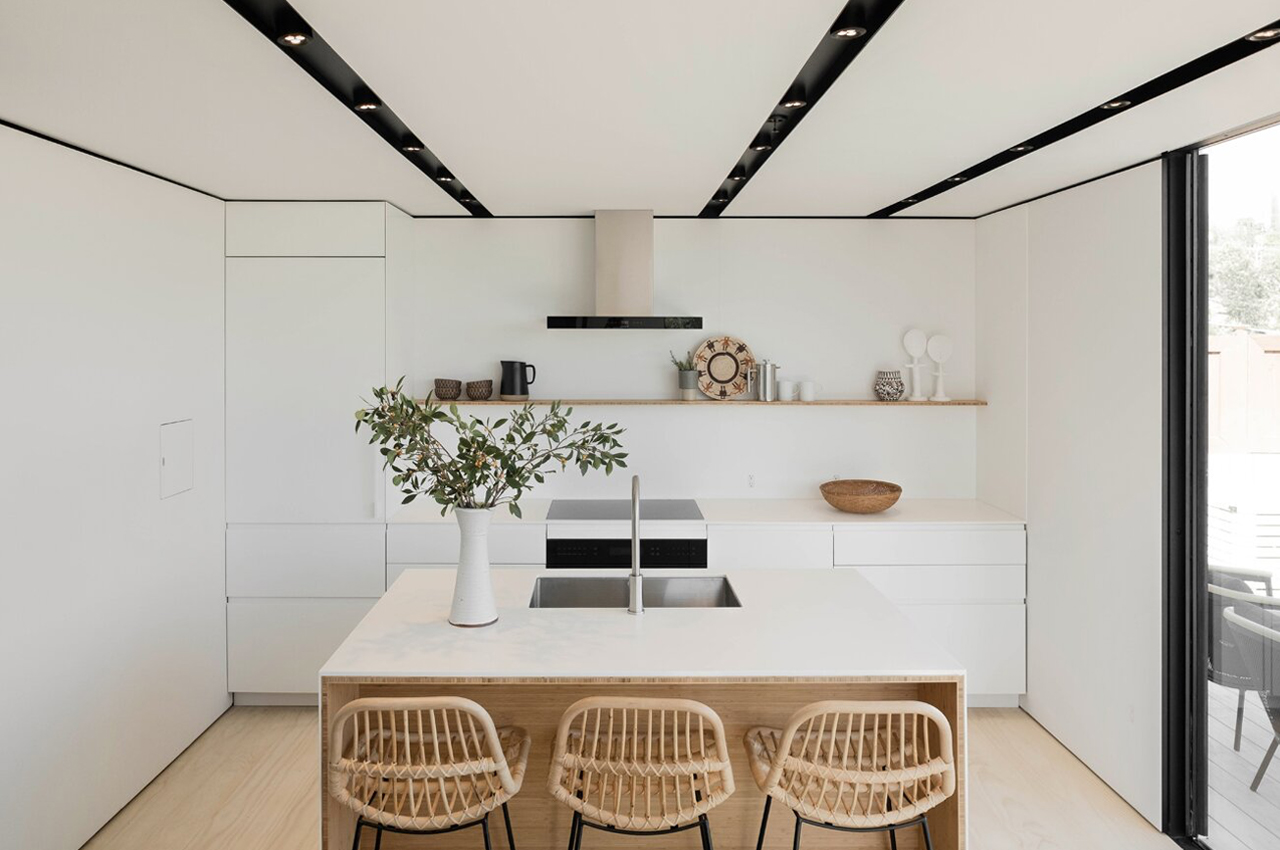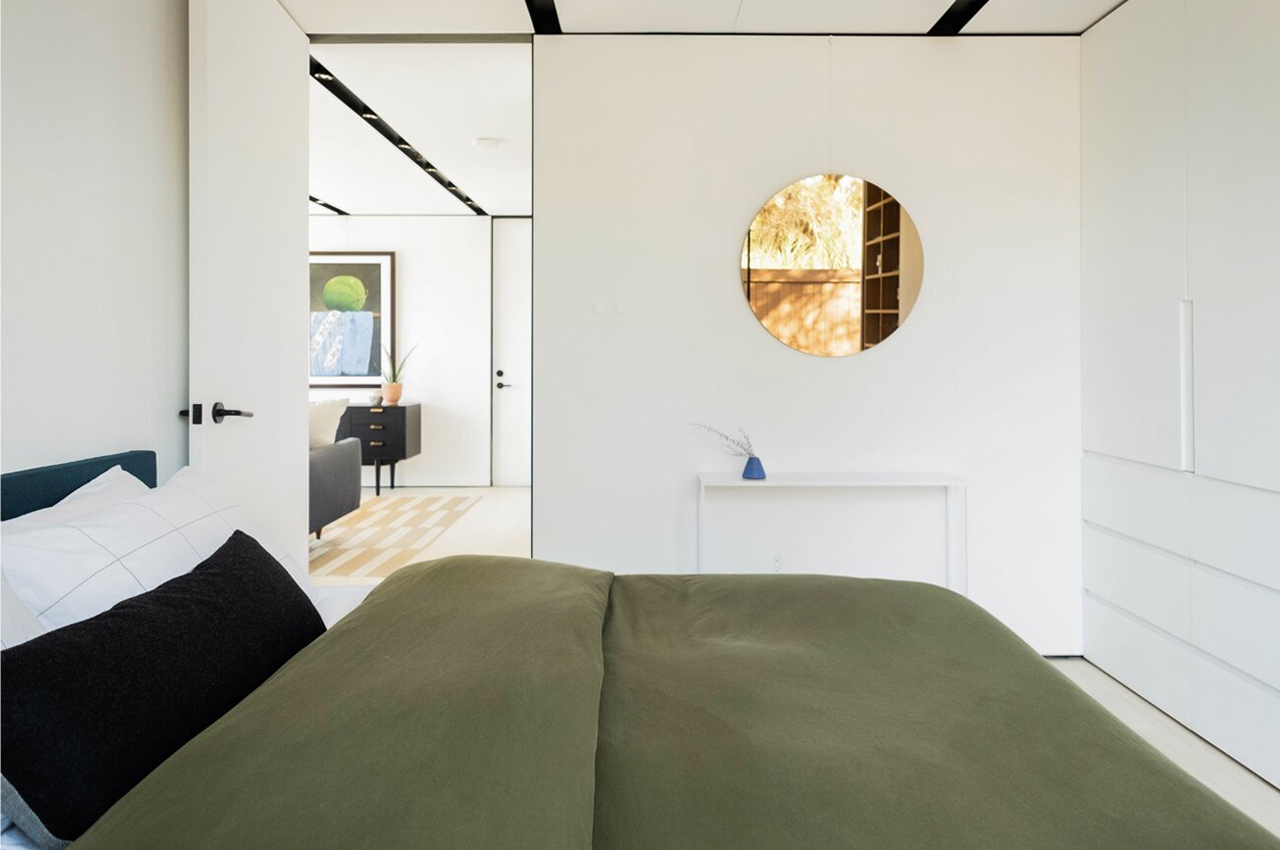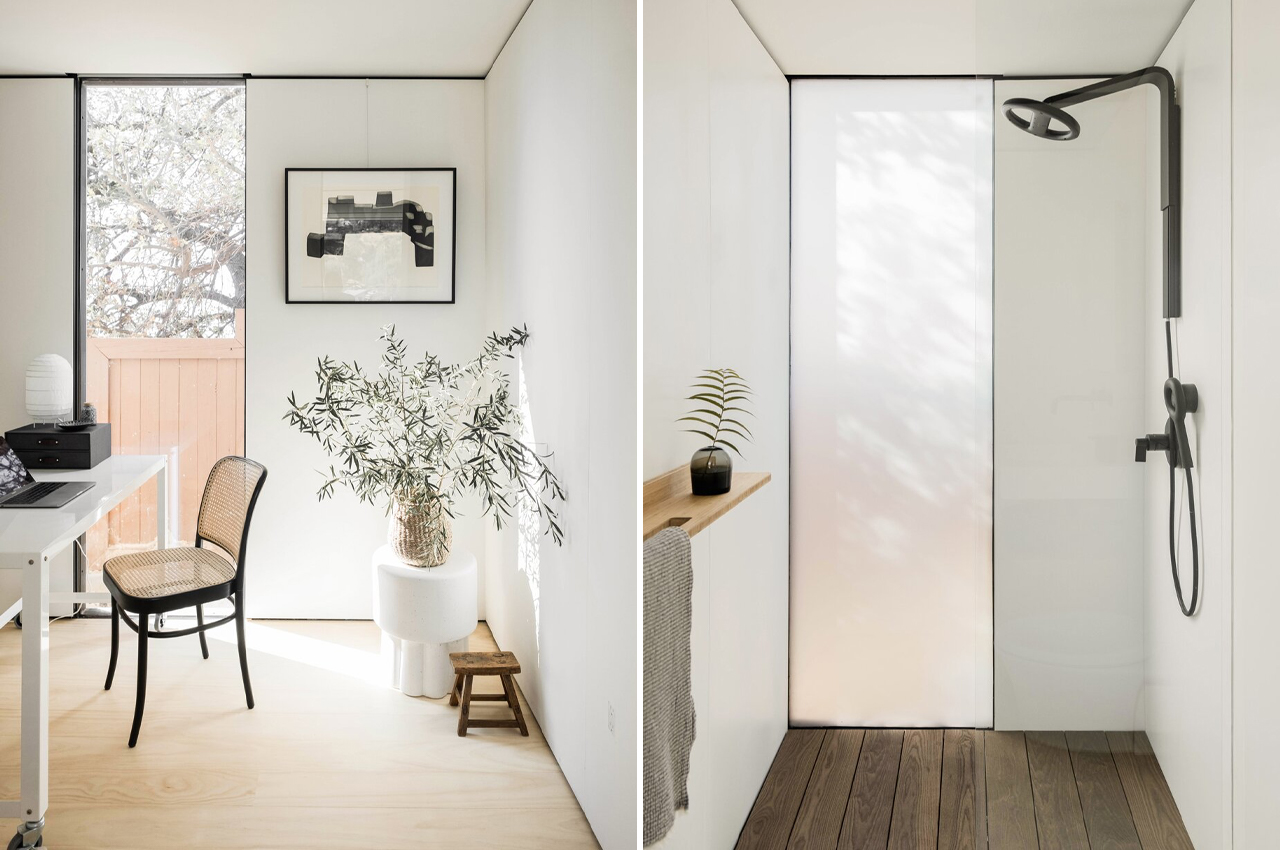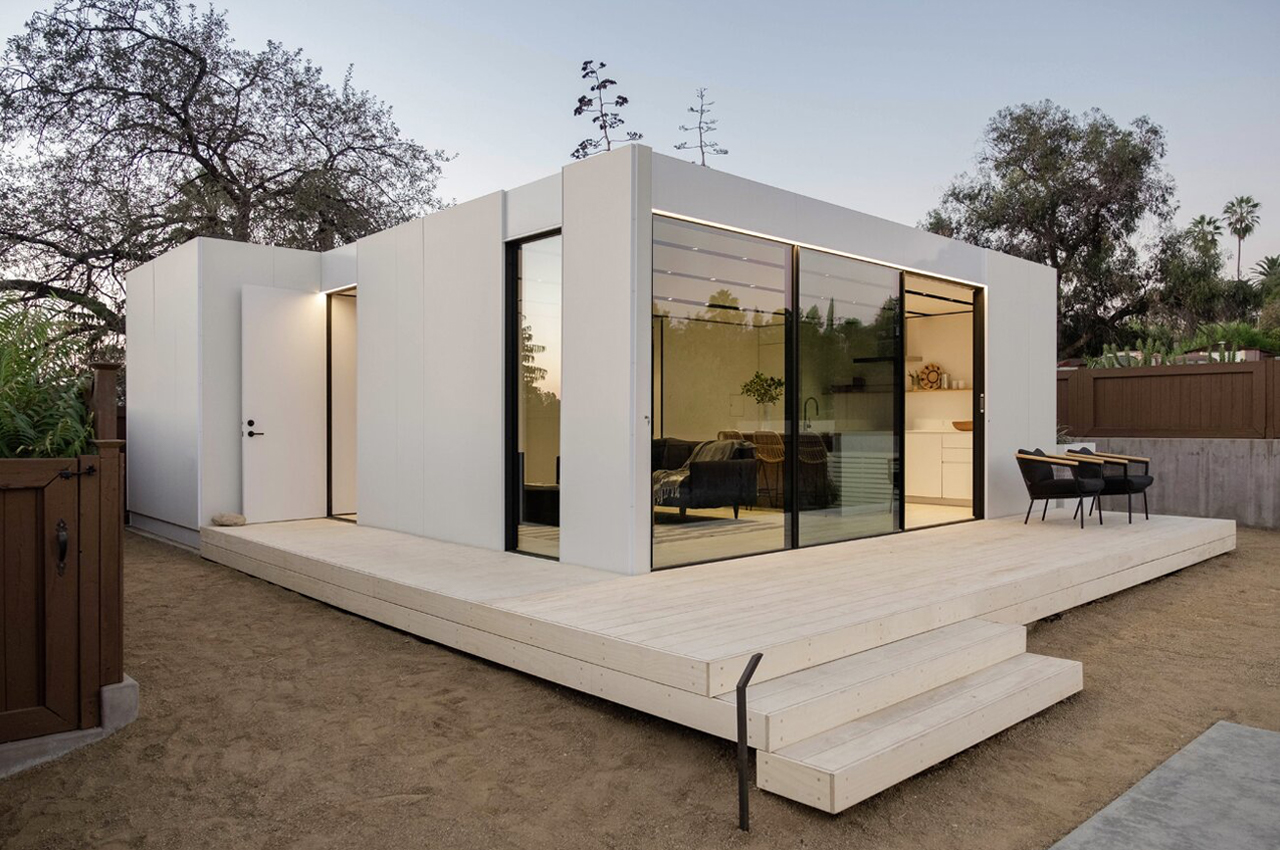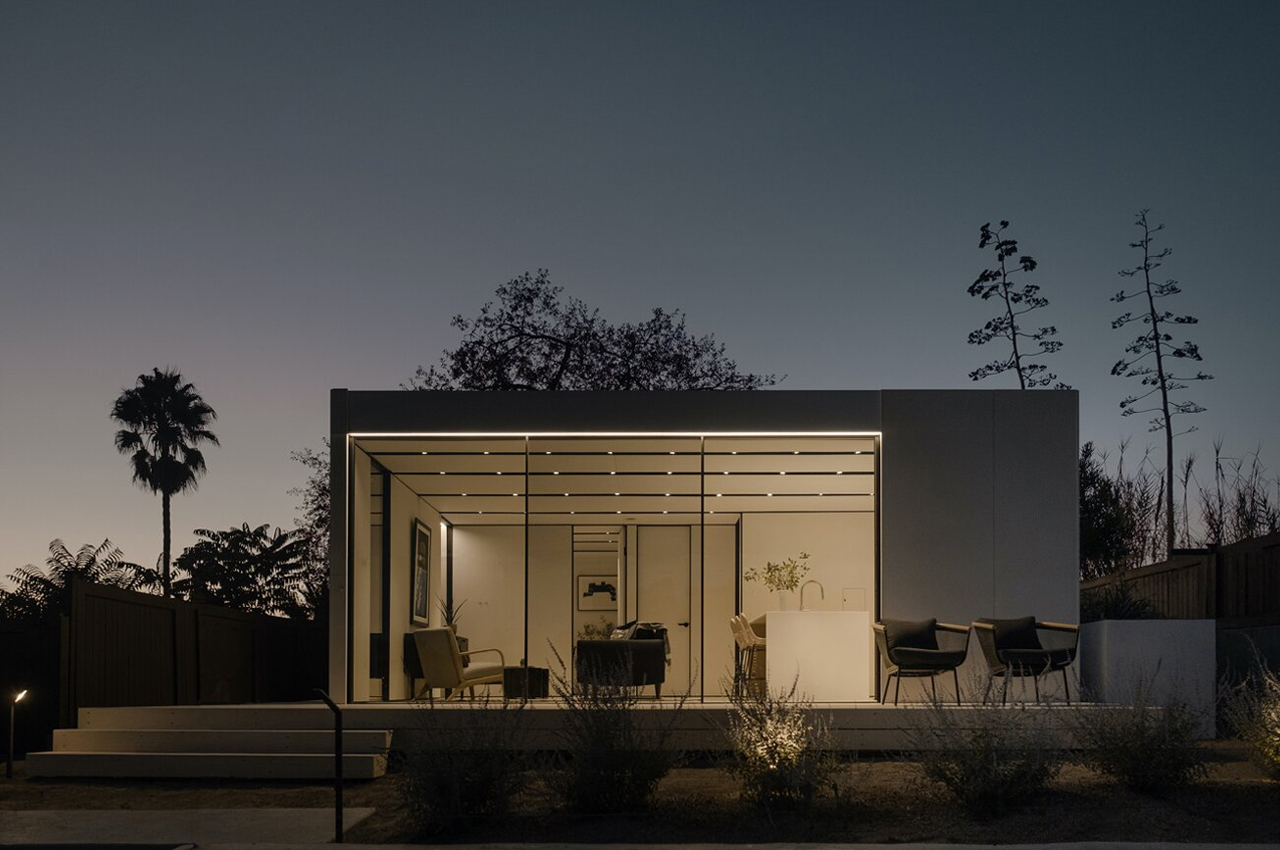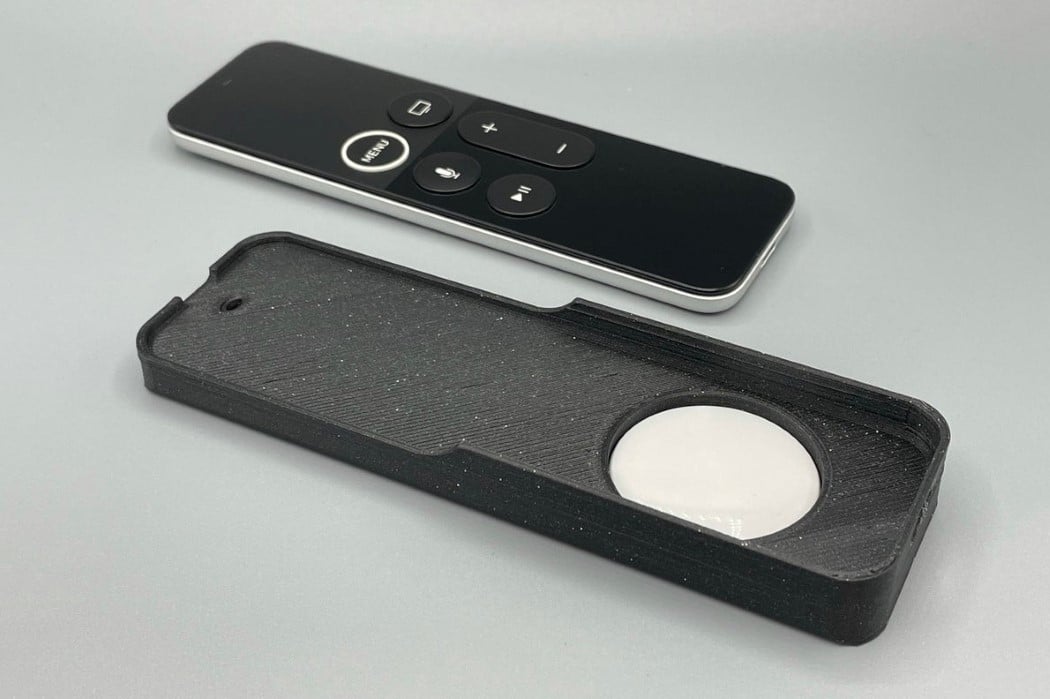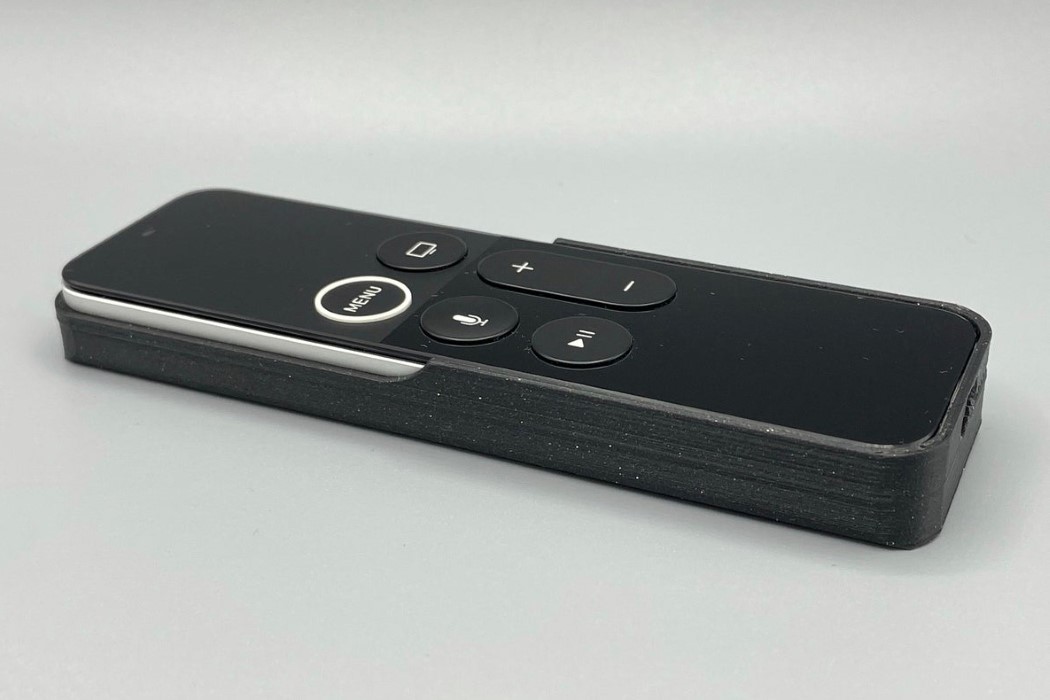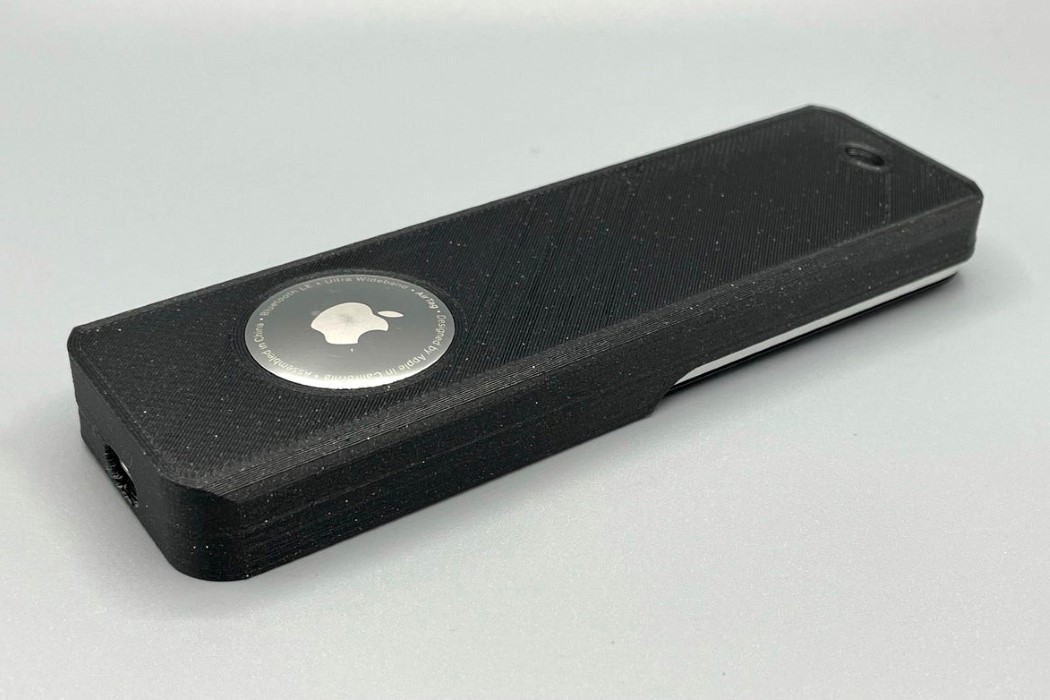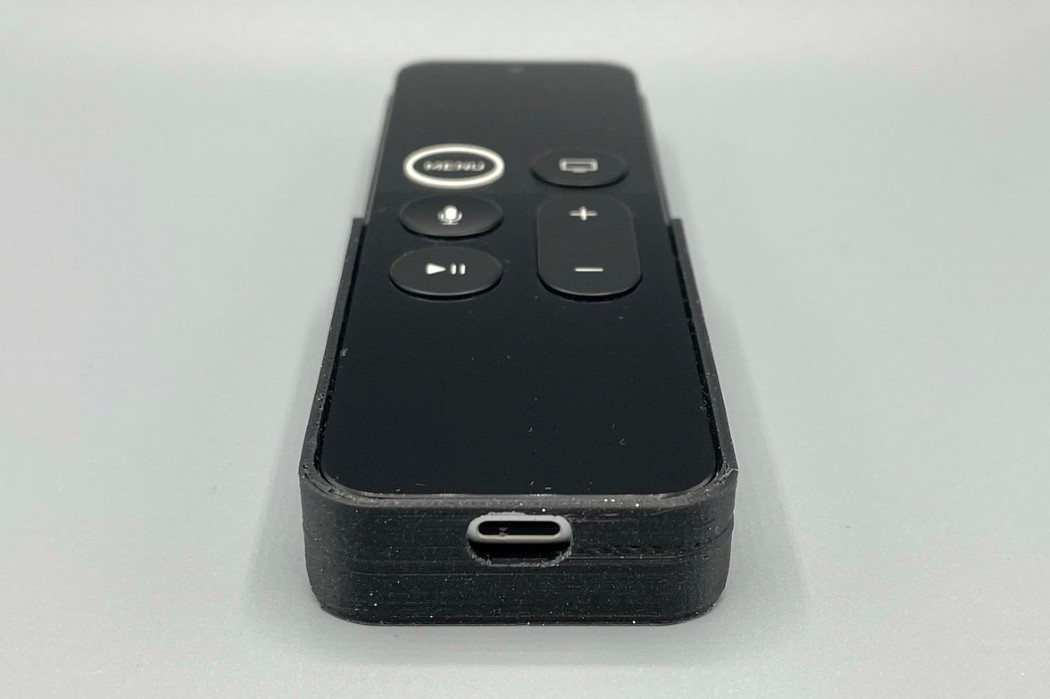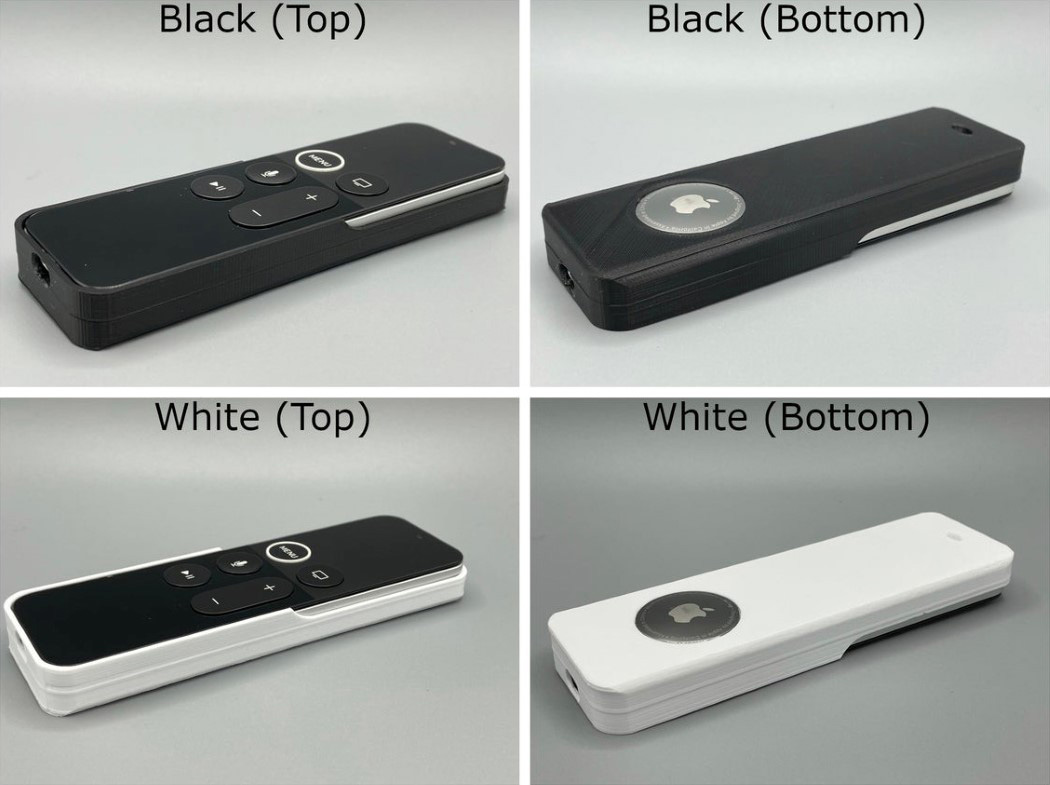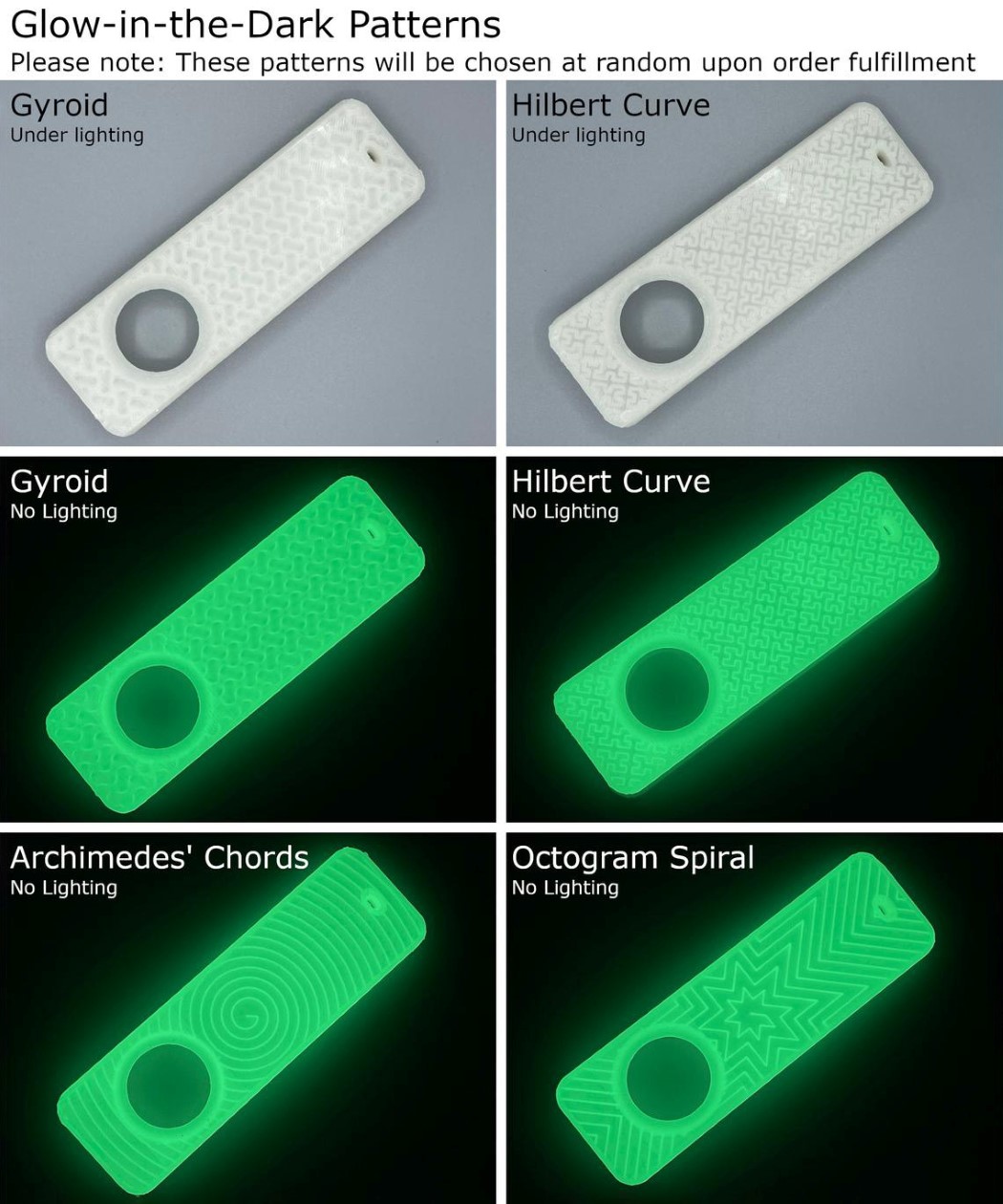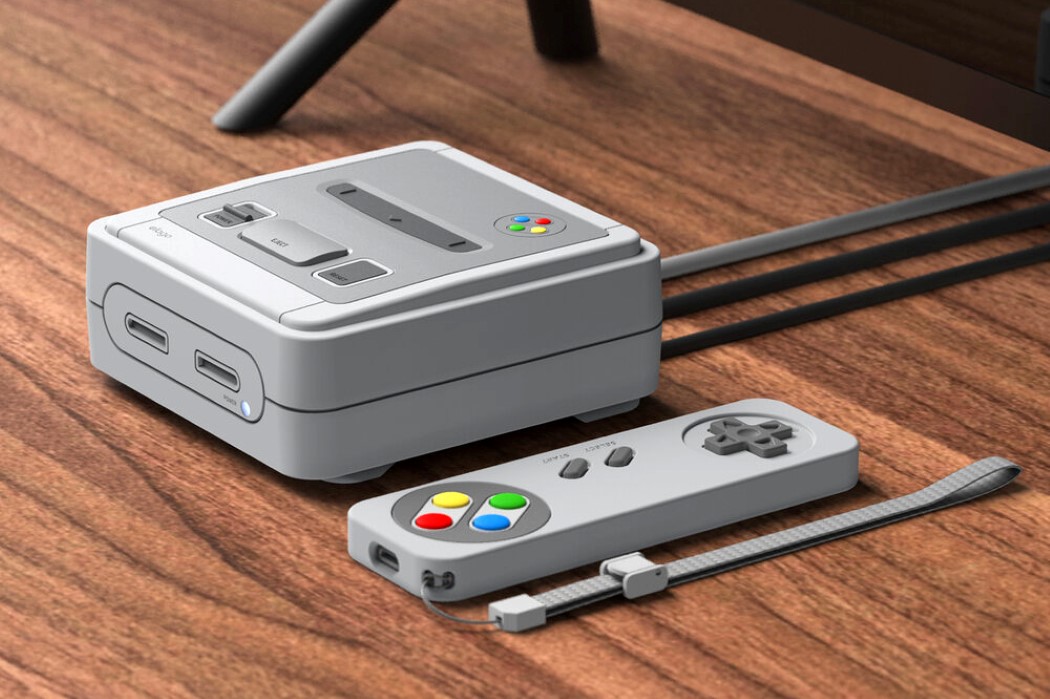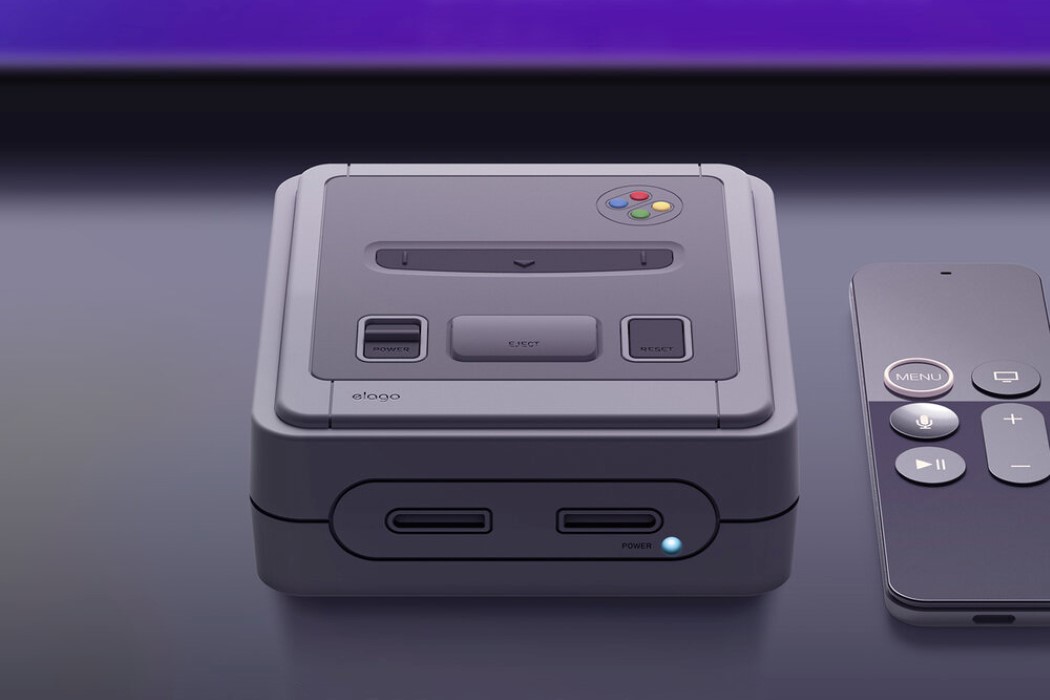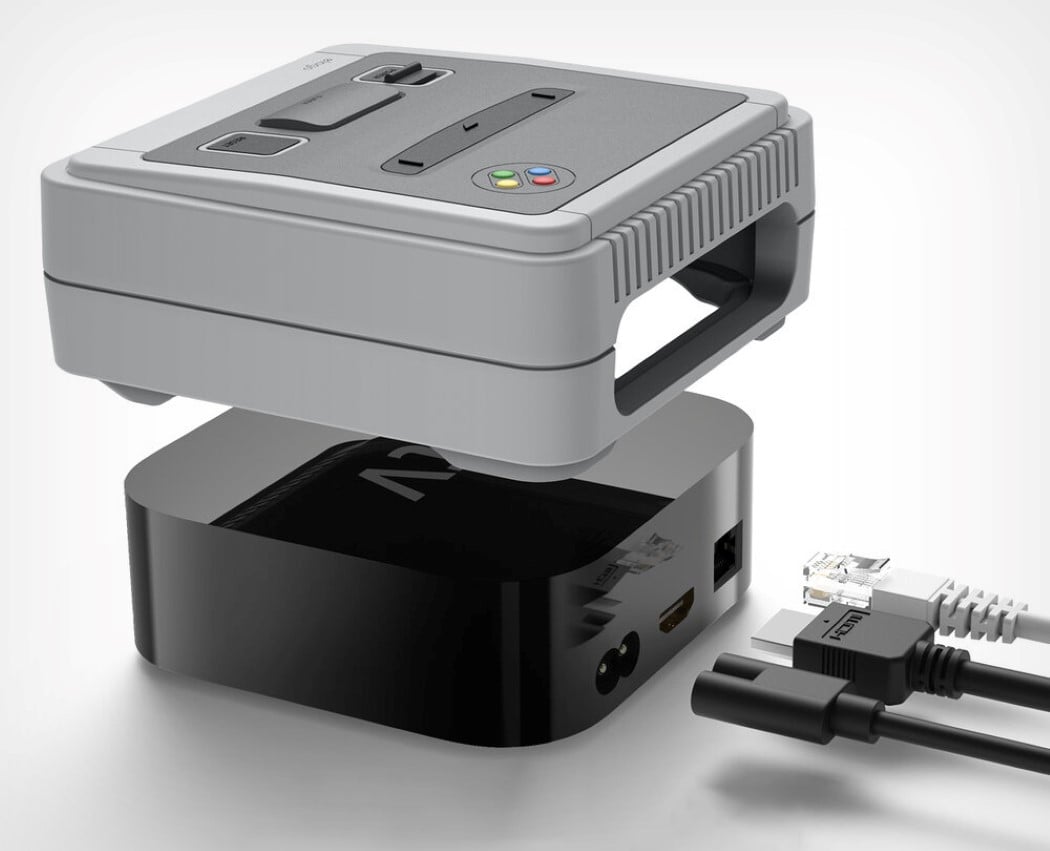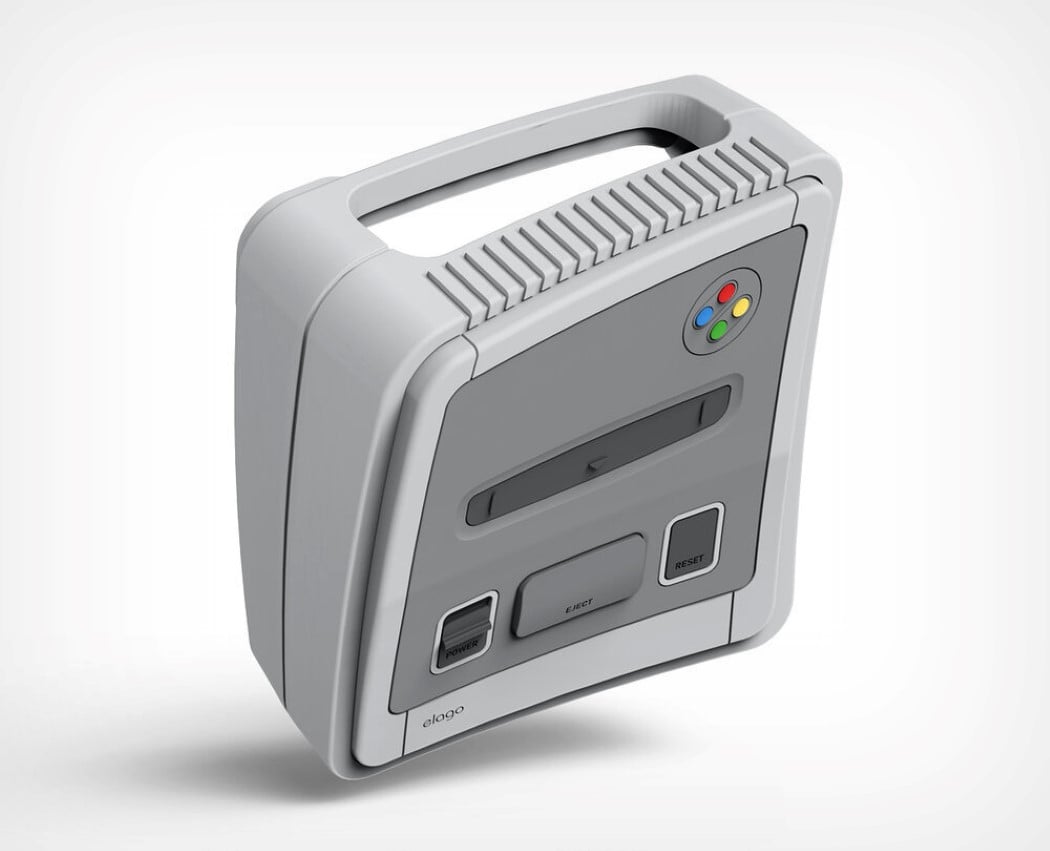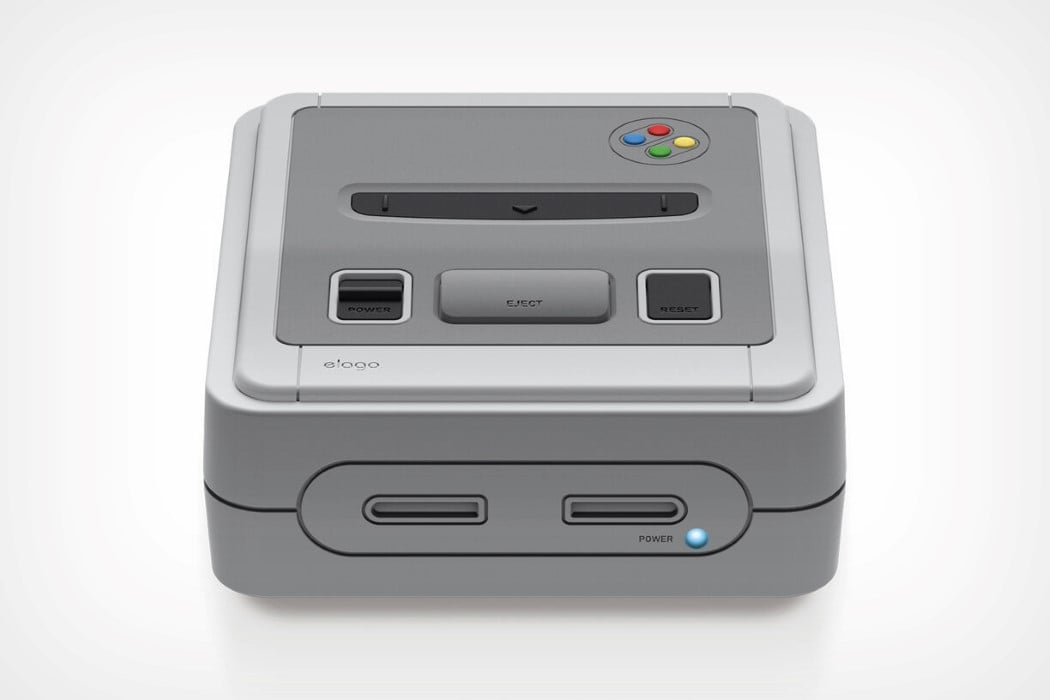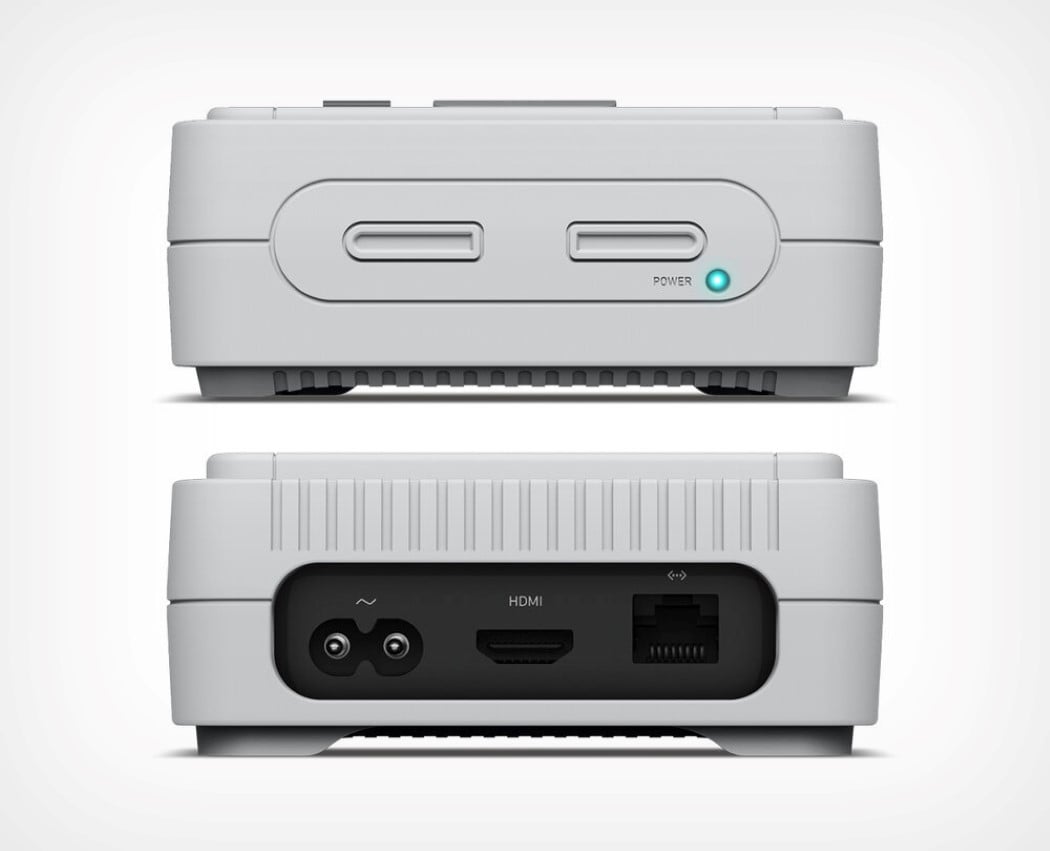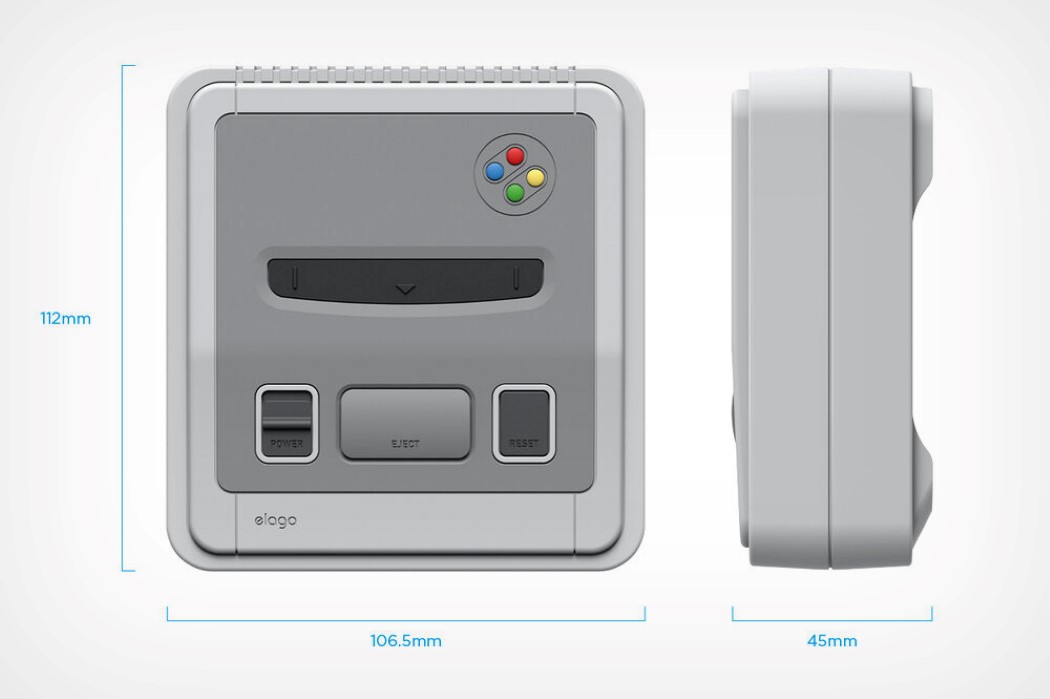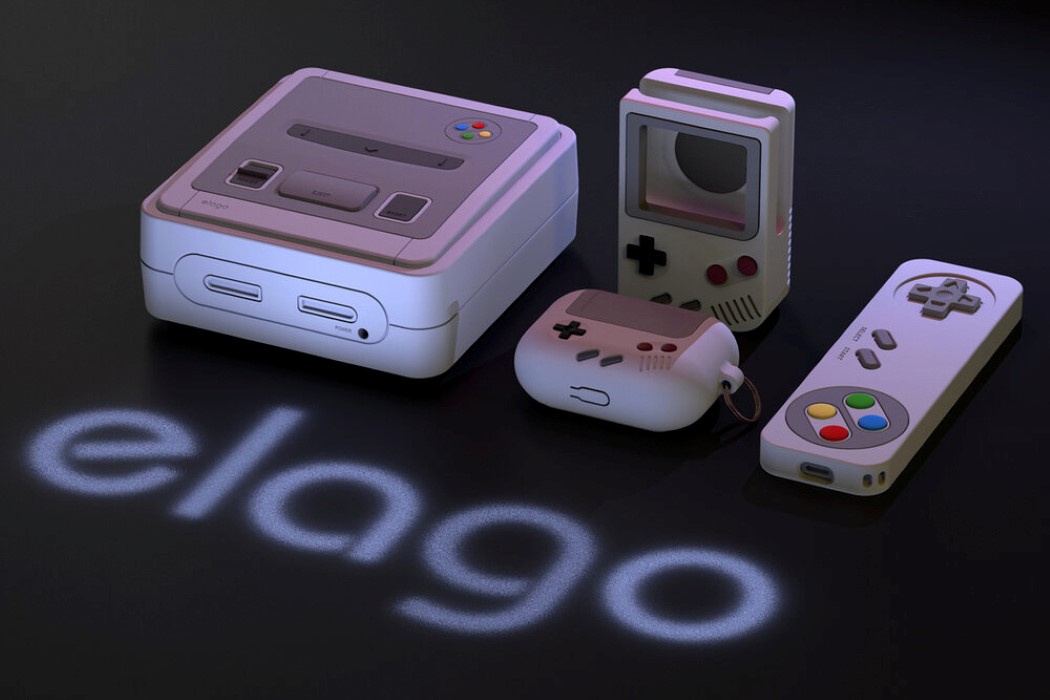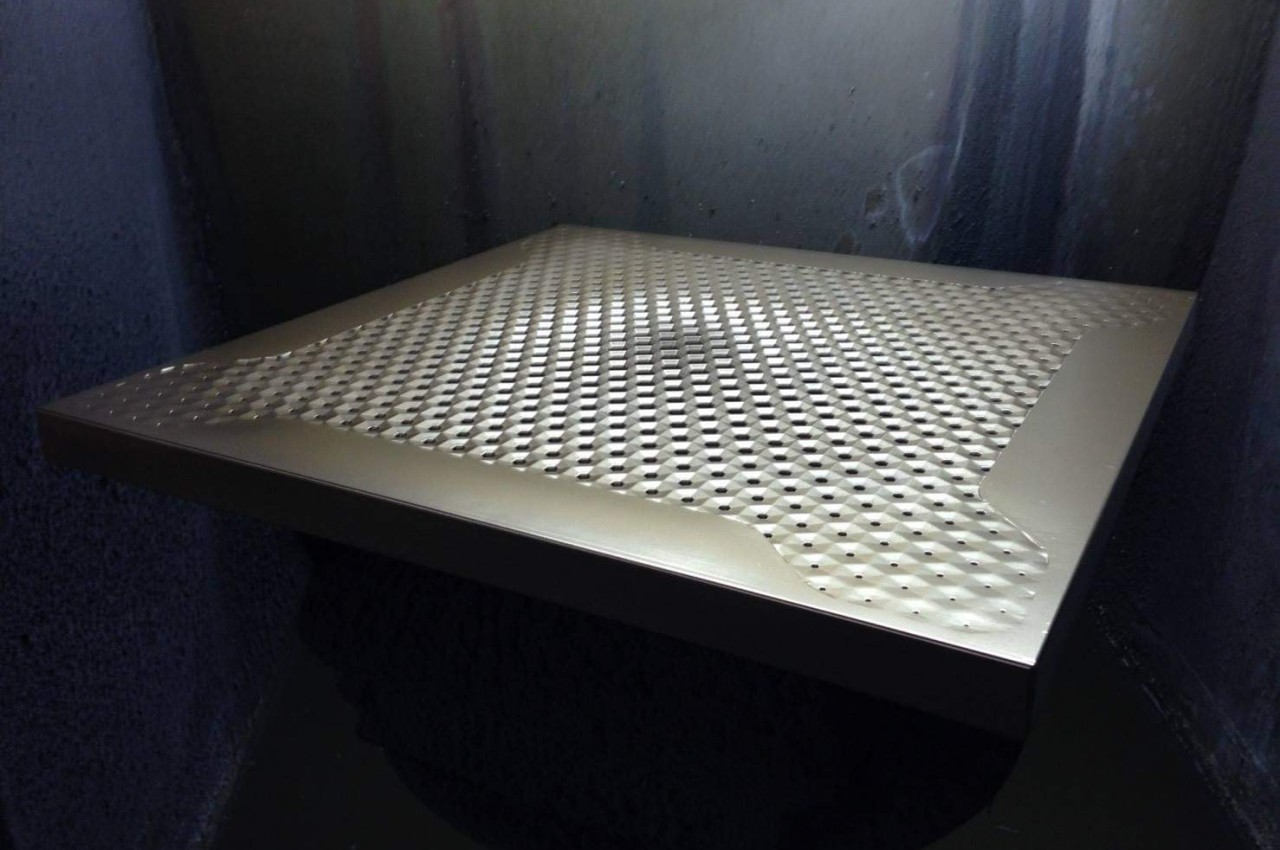
There are many everyday things in life that we easily take for granted until they cause us a great deal of trouble. The cover ditches and drains are a good example because we rarely pay attention to them until streets start flooding or we drop some of our stuff, from coins to even smartphones. They also become gateways for mosquitoes, bacteria, and harmful microorganisms to invade the world above and threaten our health. These drain covers are often crude, ineffective, and pretty much unappealing, mostly because very few people bother making an effort to design one that checks all the right boxes. Fortunately, there are a few creative minds willing to tackle these problems head-on, producing a ditch cover design that isn’t just safe but also good-looking to boot.
Designer: Chris Chang
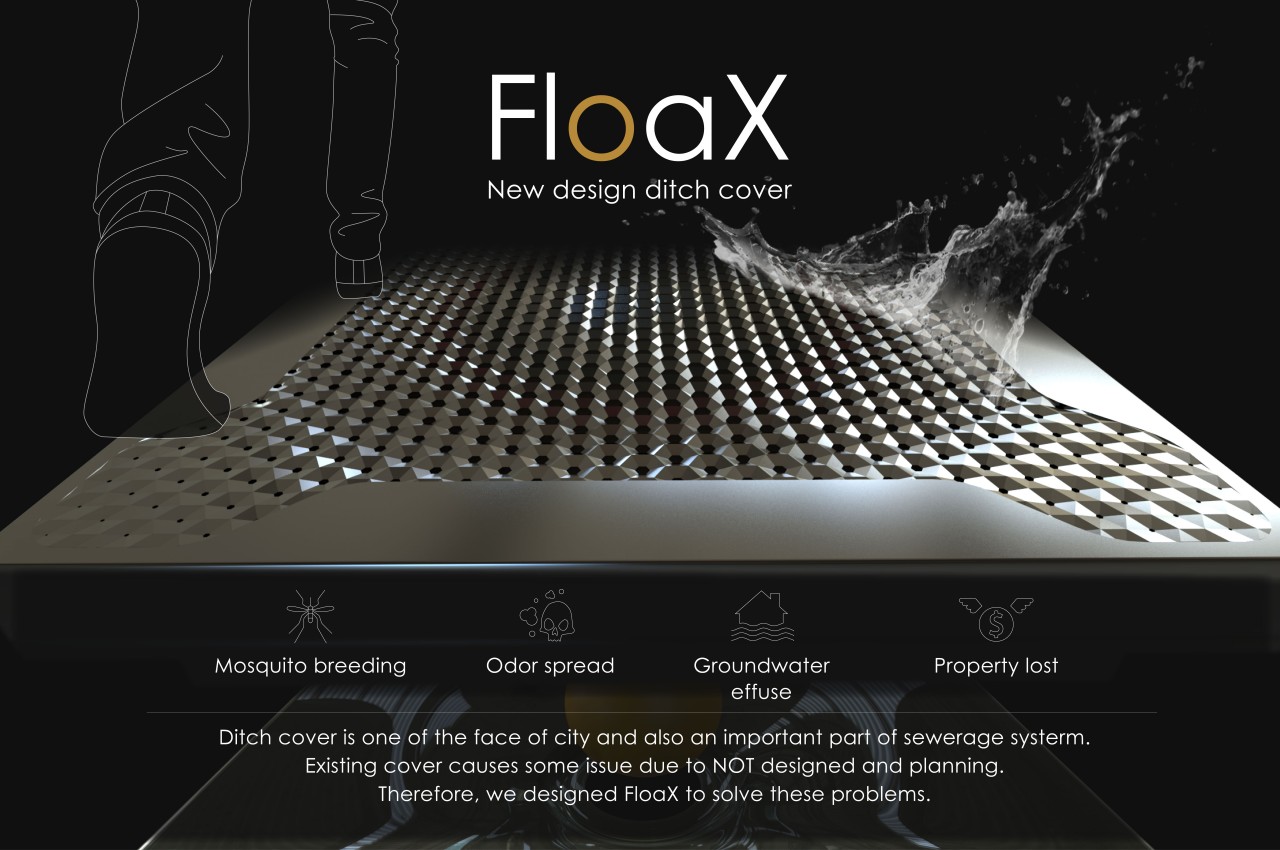
To be fair, designing an effective yet presentable ditch cover isn’t exactly easy because of seemingly contradictory goals. On the one wand, it needs to let water flow easily into it to prevent flooding during heavy rains. On the other hand, the holes have to be small to prevent people’s feet and loose change from falling into them. Even if covers meet those two requirements, however, they’re still open to letting mosquitoes out from sewers below, not to mention the backflow of dirty water if those sewers start to flood.



FloaX is a concept design that aims to address all those issues without leaving a single one unsolved. It lets water in but keeps the harmful things out, and it also prevents things from falling into it. The best part is that it actually looks interesting and visually appealing rather than being an eyesore on otherwise well-kept streets.

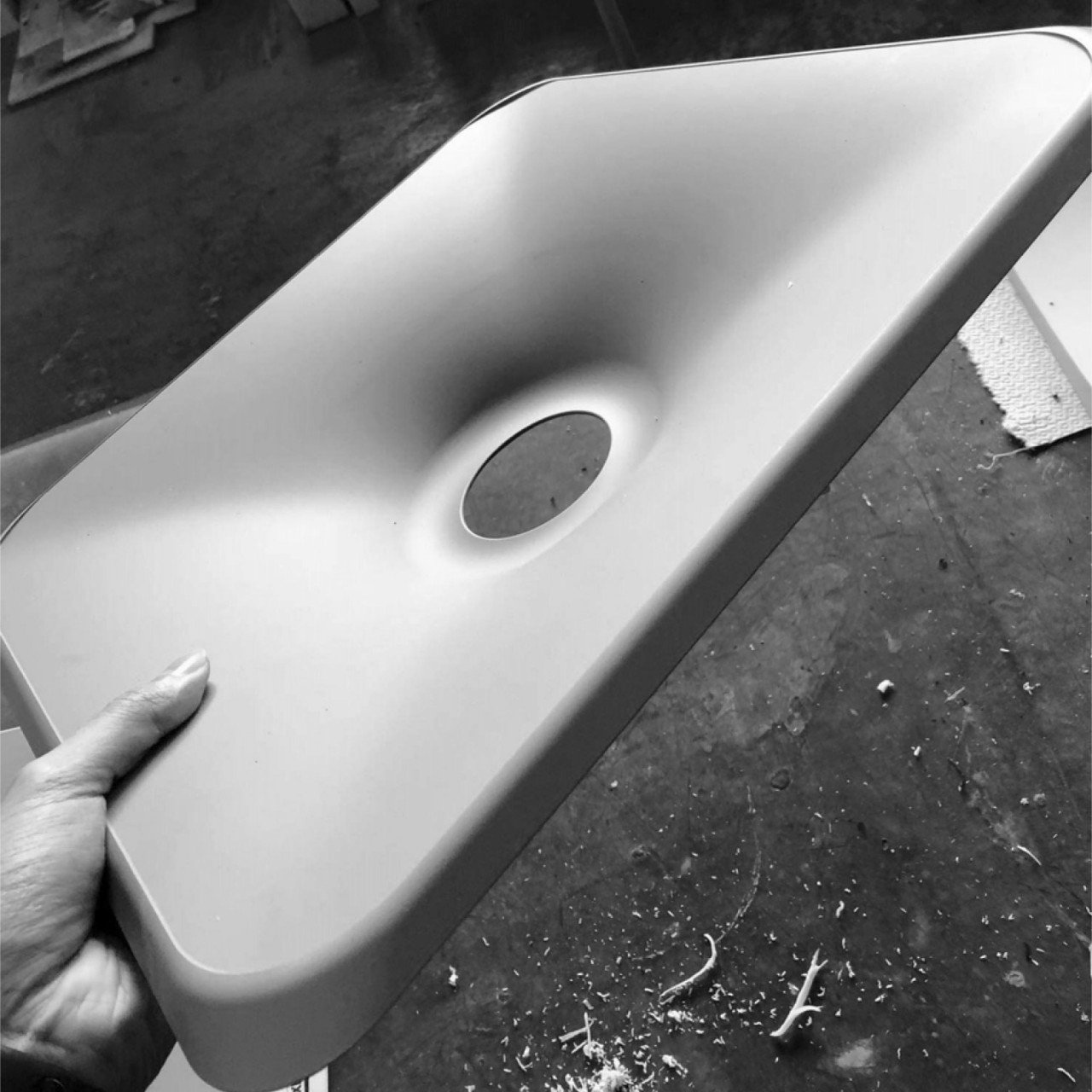
The design’s secret is the use of floating parts that can block the flow of water in either direction. A ball made of thin rubber acts as a plug that blocks the single round hole when there is no water to drain. When water flows down from the cover, however, it easily floats to let water drain quickly. The ball sits on top of a valve plank that also floats up or settles down, depending on the situation.


This plank serves as the bottom “cover” that blocks mosquitoes, bacteria, and even odors from escaping. When the sewer below starts to flood, the plank rises and blocks the dirty water from flowing into the streets, keeping the area sanitary and pedestrians safe. The parts that make up this ditch cover aren’t anchored down to allow them to move and float freely. Instead, they are enclosed in a metal shelf that turns these parts into a single product.
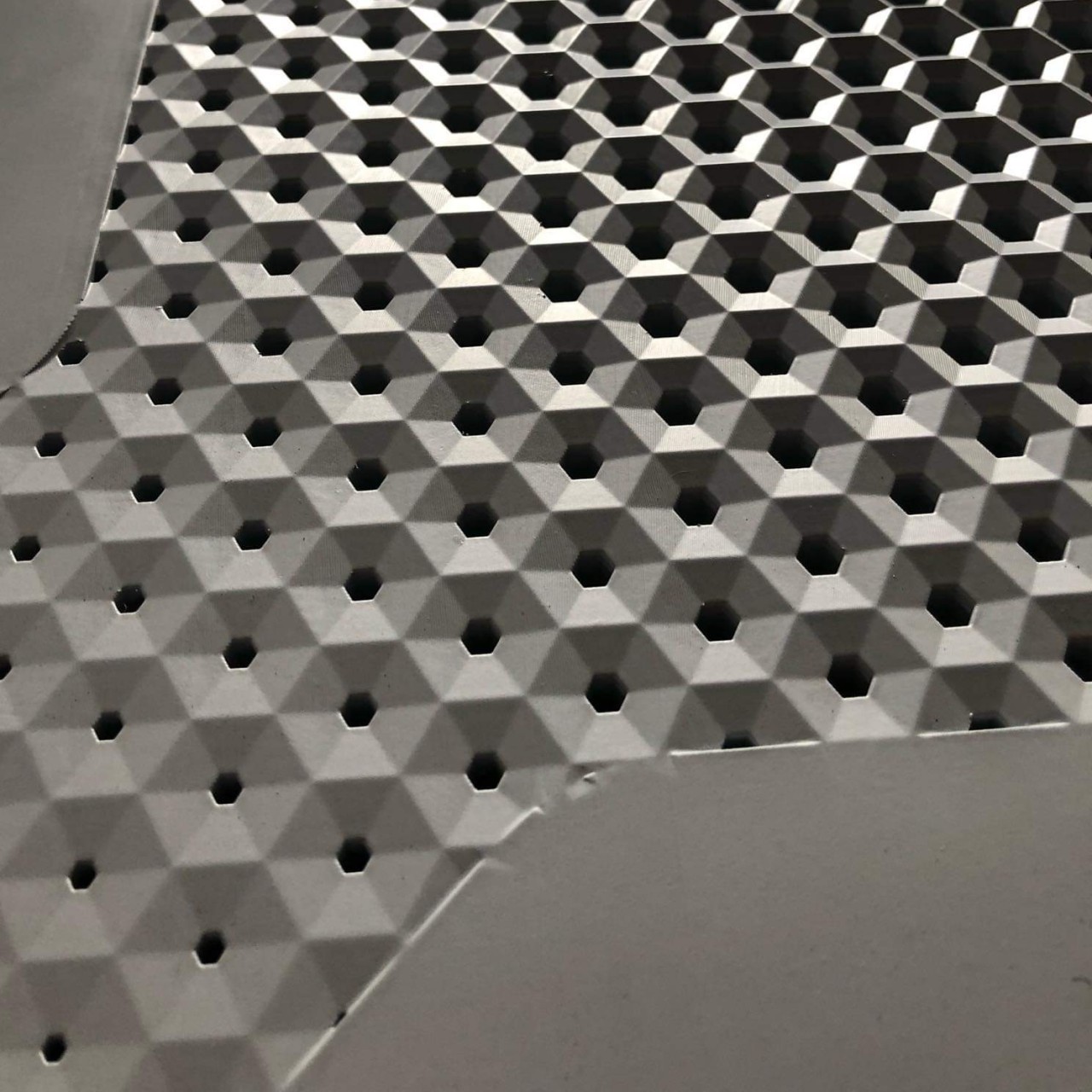
Instead of typical grilles, the cover on top uses a polygonal gradient design that still lets water in while blocking small objects from falling through. It also gives the cover better structural integrity and friction, preventing people from slipping or falling into ditches. The design also looks good, to the point that it could even be an attraction rather than something people avoid because they look gross.
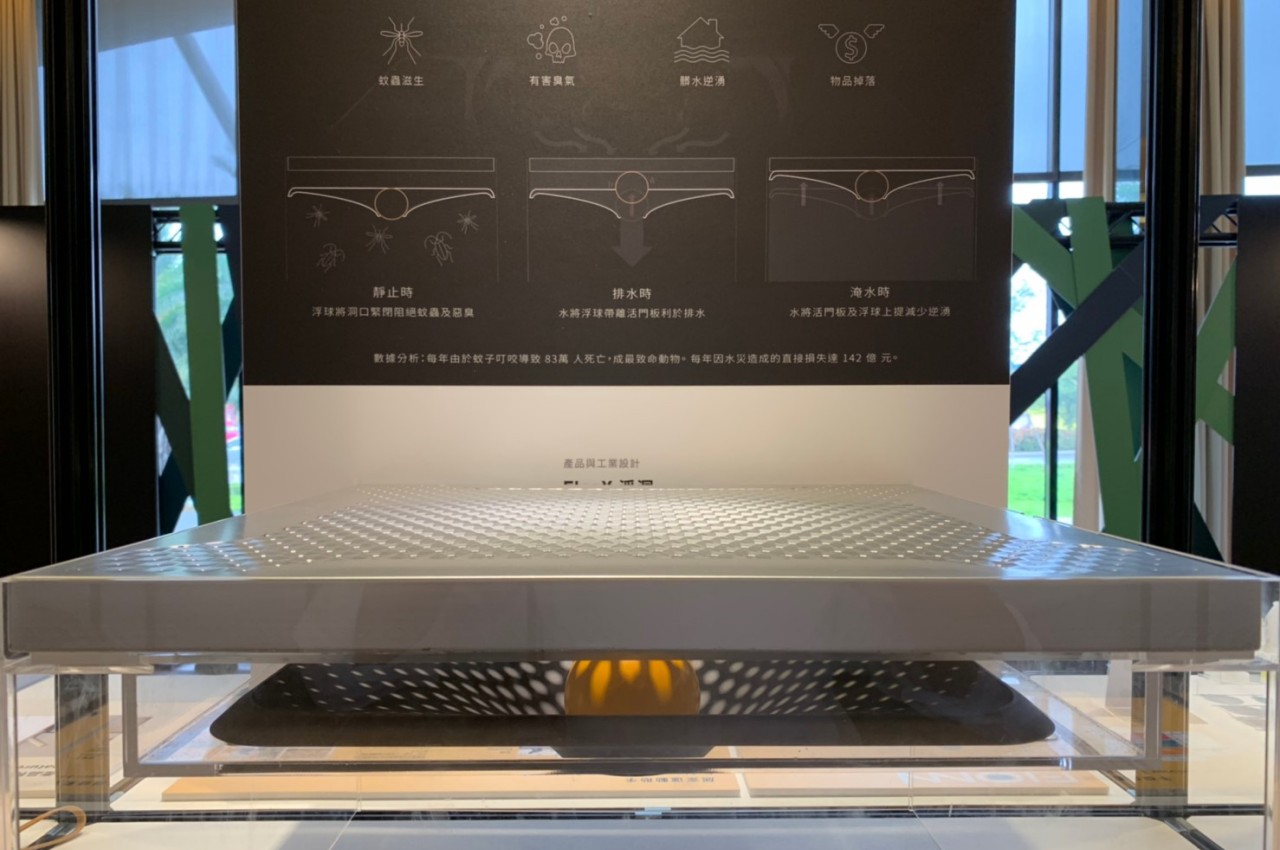

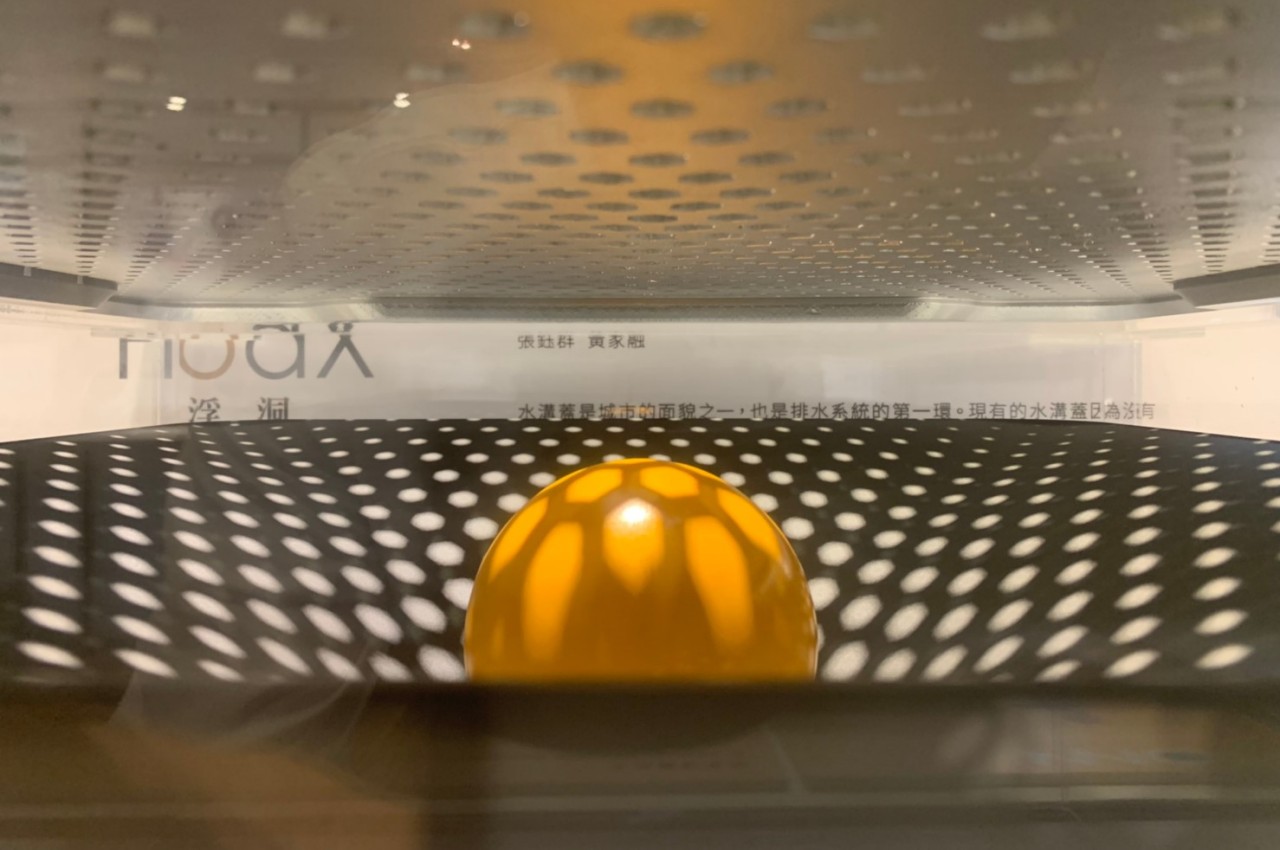
The post Modern ditch cover redesign blocks mosquitos and saves your coins first appeared on Yanko Design.
